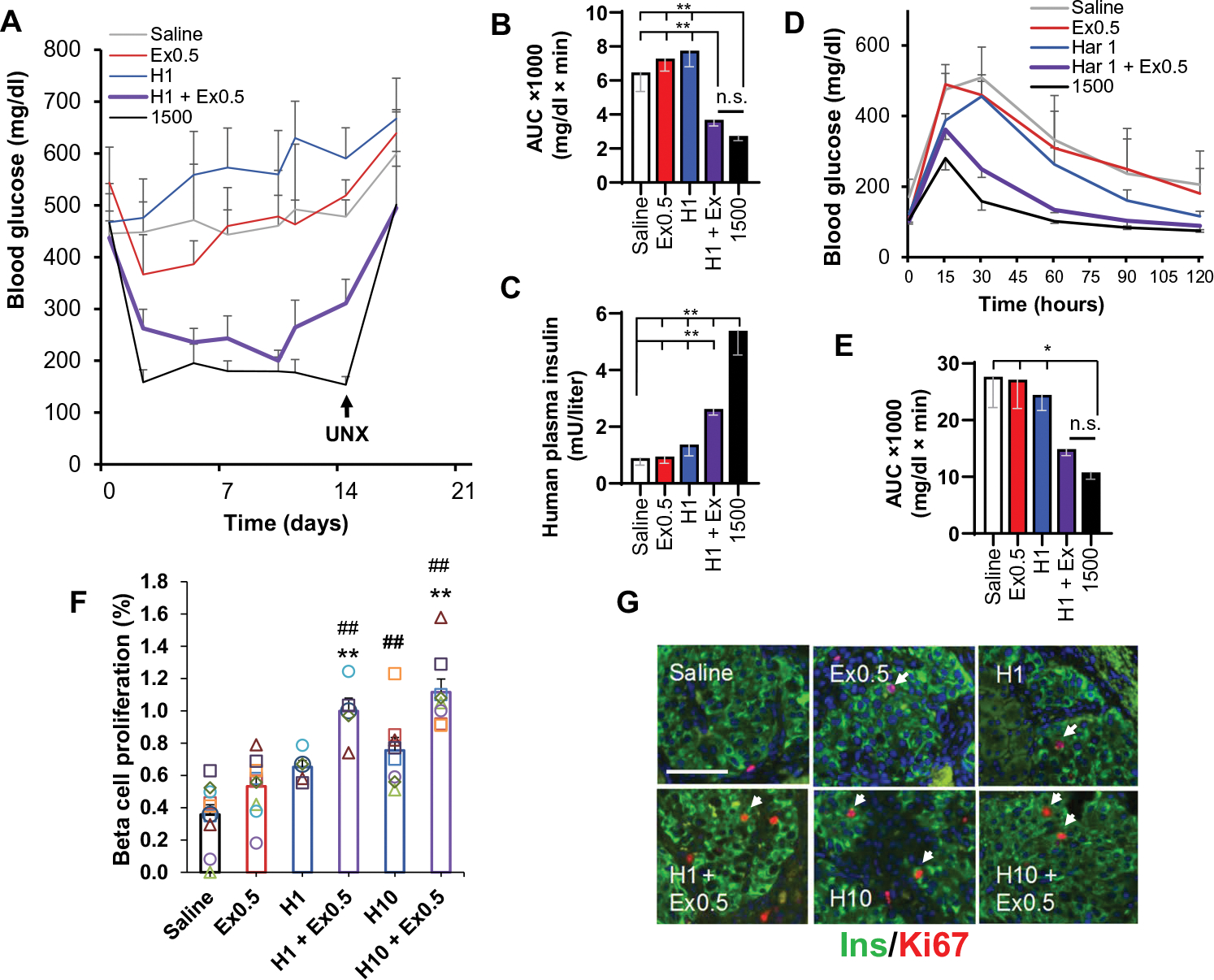Fig. 8. Effects of the harmine–exendin-4 combination on human β cells in vivo in immunodeficient mice.

(A) Glucose control in response to harmine and GLP-1 in the STZ-diabetic NSG mouse marginal islet mass model. Five groups of n = 7 mice each received human islets from the same seven human islet donors: four groups received 500 IEQs, and the fifth group received 1500 IEQs as a positive control without drug treatment. The 500 IEQ groups were treated daily for 2 weeks with intraperitoneal saline, harmine (H; 1 mg/kg), exendin-4 (Ex; 0.5 μg/kg), or the combination. The 1500 IEQ group received saline. Unilateral nephrectomy (UNX) was performed at day 12. (B) Area under the curve (AUC) for the five groups in (A). (C) Circulating insulin measured using a human insulin-specific assay. (D) Intraperitoneal glucose-tolerance tests on day 12. (E) Area under the curve for (D). (F) Human β cell proliferation assessed by Ki67-insulin coimmunolabeling in human islet renal capsular grafts from euglycemic NSG mice. All animals received 500 IEQs and were treated once daily for 7 days with intraperitoneal saline, exendin-4 (0.5 μg/kg), harmine (1 mg/kg), both exendin-4 (0.5 μg/kg) and harmine (1 mg/kg), harmine (10 mg/kg), or both exendin-4 (0.5 μg/kg) and harmine (10 mg/kg). Each symbol represents a single human islet donor in a single mouse. (G) Examples of insulin and Ki67 immunohistochemistry in islet grafts. Arrowheads show examples of cells considered positive for both insulin and Ki67. Scale bar, 100 μm. Values are means ± SEM. (B to E) *P < 0.05 and **P < 0.01 versus without or harmine-exendin treatment as indicated, by one-way ANOVA. (F) ##P < 0.01 versus control and **P < 0.001 versus harmine alone, both by one-way ANOVA.
